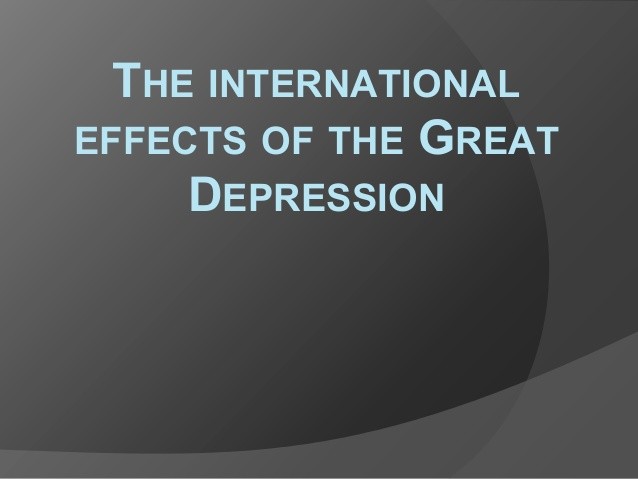What Caused the Great Depression_1
Post on: 16 Март, 2015 No Comment

What Was The Great Depression?
Before we can explore causes, we first need to define what we mean by The Great Depression.
The Great Depression was a global economic crisis that may have been triggered by political decisions (war reparations post-World War I), protectionism (Congressional tariffs on European goods) or by speculation (the Stock Market Collapse of 1929 ). Worldwide, there was increased unemployment, decreased government revenue, a drop in international trade. At the height of the Great Depression in 1933, more than a quarter of the US labor force was unemployed. Some countries saw a change in leadership as a result of the economic turmoil.
When Was The Great Depression?
In the United States, the Great Depression is associated with Black Tuesday. the stock market crash of 29 October 1929, although the country entered a recession months before the crash. Herbert Hoover was then President of the United States. The Depression continued until the onset of World War II. with Franklin D. Roosevelt following Hoover as president.
Possible Cause: World War I
The United States entered World War I late (1917) and emerged as a major creditor and financier of post-War restoration. Germany was burdened with massive war reparations (a political decision on the part of the victors, see the Treaty of Versailles). Britain and France needed to rebuild. US banks were more than willing to loan money. However, once US banks began failing. the banks not only stopped making loans. they wanted their money back. This put pressure on European economies, which had not fully recovered from WWI, contributing to the global economic downturn.
Possible Cause: The Federal Reserve
The Federal Reserve System, which Congress established in 1913, is the nation’s central bank. authorized to issue the Federal Reserve notes that create our paper money supply. The Fed indirectly sets interest rates because it loans money, at a base rate. to commercial banks.
In 1928 and 1929, the Fed raised interest rates to try to curb Wall Street speculation (otherwise known as a bubble). Brad DeLong believes the Fed overdid it and brought on a recession. Moreover, the Fed then sat on its hands: The Federal Reserve did not use open market operations to keep the money supply from falling. [a move] approved by the most eminent economists.
Possible Cause: Black Thursday (or Monday or Tuesday)
A five-year bull market peaked on 3 September 1929. On Thursday 24 October, a record 12.9 million shares were traded, reflecting panic selling. On Monday 28 October, panicked investors continued to try to sell stocks; the Dow saw a record loss of 13%. On Tuesday 29 October 1929, 16.4 million shares were traded, shattering Thursday’s record; the Dow lost another 12%.
Total losses for the four days: $30 billion, 10 times federal budget and more than the U.S. had spent in World War I ($32B estimated). The crash wiped out 40 percent of the paper value of common stock. Although this was a cataclysmic blow, most scholars do not believe that the stock market crash, alone, was sufficient to have caused the Great Depression.














